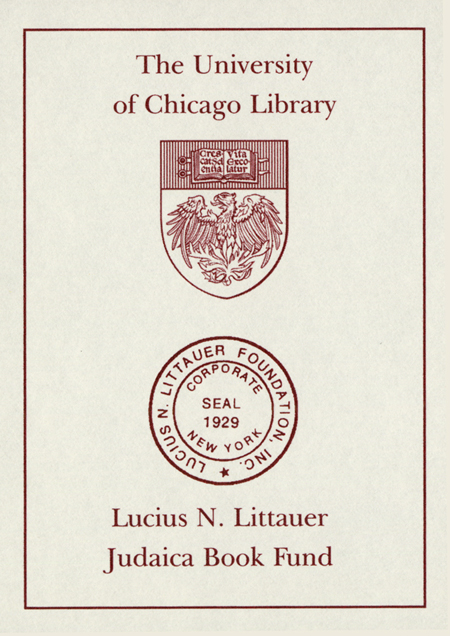| Summary: | This book is the first attempt to review the history and the fall of the Jewish community that existed in Beit She'an from the late 19th century until the outbreak of the Arab Revolt in 1936. The story of the community, which has been almost completely forgotten by the public and academic consciousness, is based on an initial study of several public and local archives, as well as a thorough study of dozens of primary and secondary sources of various types: press clippings, academic and autobiographical sources, oral interviews and others. Beside presenting the history of the community itself, which includes the unique challenges it experienced during its fifty years of existence and the organizational and ideological processes which characterized it, the study is also a base for a better assessment and understanding of the several small Jewish communities that existed during this period in a number of Arab cities and towns: Be'er Sheva, Ramle, Nazareth, Samakh, Jericho and others. This is accomplished by comparing the events in Beit She'an to those which took place in other communities, while trying to identify the factors that led to the collapse of these communities during the Mandate period, and to the withdrawal of the Zionist movement from its substantial support to their continued existence. The book also deals with different questions of ethnic and national Jewish identity, the relations between marginal communities and the leading national institutions, and issues relating to Zionist historiography over the past century.
"נקודה עברית בבית שאן מגולל את סיפורה של הקהילה היהודית שהתקיימה בבית שאן משלהי המאה הי"ט ועד נפילתה עם פרוץ המרד הערבי ב-1936. ניסיון ראשון זה לשרטט את סיפורה של הקהילה, שנמחה כמעט לחלוטין מן התודעה הציבורית והמחקרית, מתבסס על עיון מעמיק בארכיונים ציבוריים ומקומיים ברחבי הארץ ועל מקורות נוספים ובהם עיתונות התקופה, מקורות ספרותיים ואוטוביוגרפיים וראיונות בעל פה עם צאצאי הקהילה. הספר מלווה את צמיחת הקהילה מראשיתה כקהילת בודדים דלת אמצעים לקהילה שמנתה בשיאה, ערב מאורעות תרפ"ט, מאות אנשים והפעילה מוסדות קהילתיים ודתיים. פרקים נרחבים מוקדשים לפעילותם של בית הספר והמרפאה העברית, ולמקום שמילאו בעיצוב זהותה הקולקטיבית והלאומית של הקהילה. כן נדונים קשריה עם ההתיישבות החקלאית הסובבת, עם הקהילה היהודית בטבריה, עם האוכלוסייה הערבית המקומית, ומעל לכול יחסיה המורכבים עם המוסדות היהודיים הלאומיים. לצד סיפורה של קהילת בית שאן, הספר פותח צוהר להכרת עולמן של הקהילות היהודיות הזעירות שפעלו בתקופה זו בערים ועיירות ערביות בכל רחבי הארץ: עזה, באר שבע, רמלה, לוד, נצרת, ג'נין, צמח, יריחו ועוד. סיפורן של קהילות אלו מאפשר בחינה מחודשת של סוגיות שונות הנוגעות לזהות חברתית וליחסי יהודים וערבים בארץ ישראל בתקופה זו"
|
|---|

